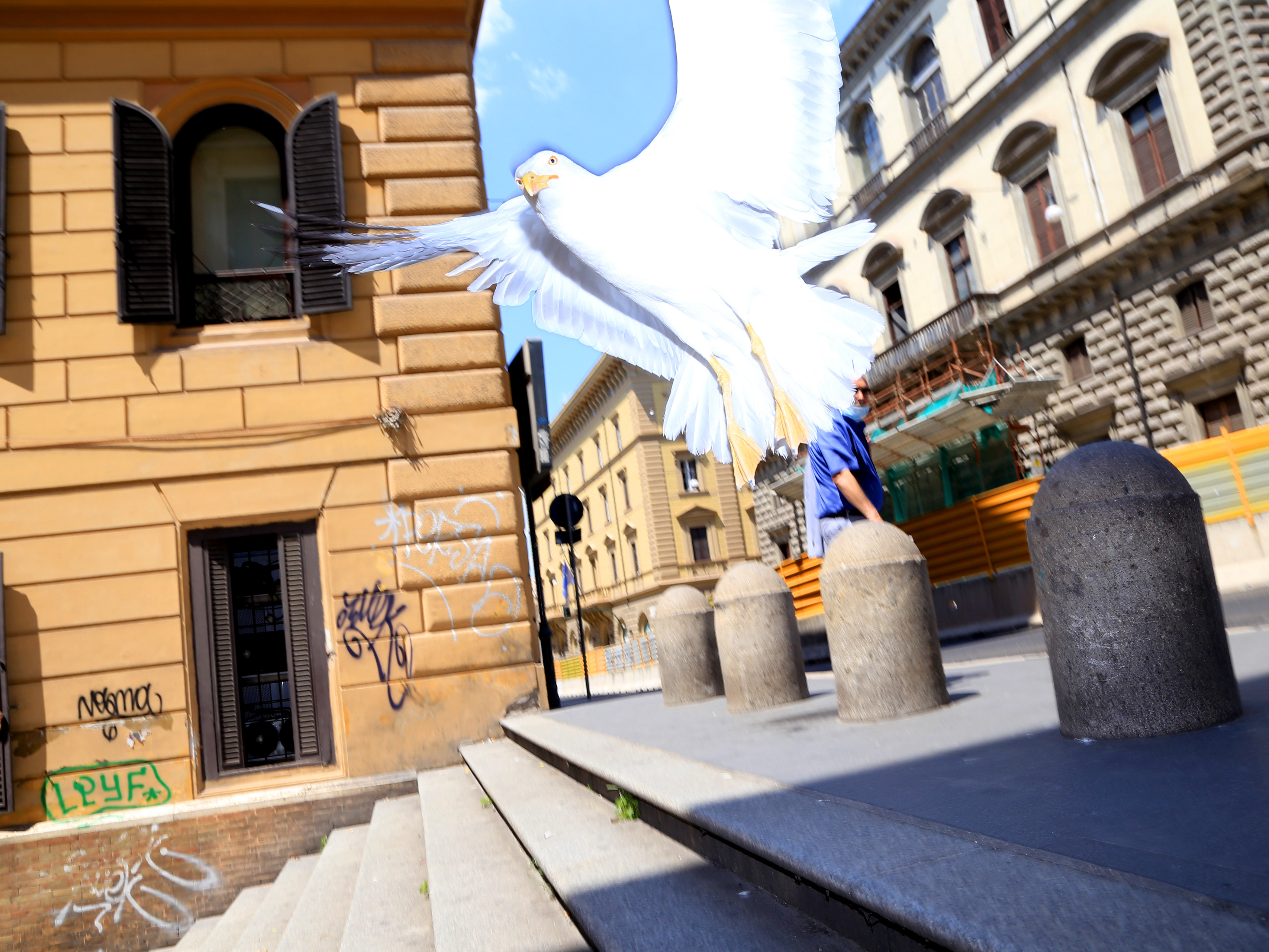Under the Estway
In una Roma alle porte del Giubileo, la città è in fermento, un cantiere a cielo aperto, una città che spolvera la propria argenteria Il centro città nasconde i suoi tesori sotto le impalcature, cosi' che i turisti si guardano intorno spaesati. I quasi 5 miliardi stanziati promettono pero' di rifare il salotto buono, dimenticandosi forse delle arterie ed i collegamenti che tanti problemi danno ai romani. A cosa si potrebbe guardare quindi come come esempio virtuoso per migiorare le cose?C'è un filo rosso che unisce San Paolo in Brasile e Roma. San Paolo con i suoi 12 milioni di abitanti è la città più popolosa del paese e tra le più abitate al mondo; i principali mezzi di trasporto sono l’automobile e l’autobus, si stima che siano presenti in città circa 5 milioni di automezzi.Roma con 2.7 milioni di abitanti è la città più popolosa d’Italia e tra le più estese d’Europa.Sommando i km di sviluppo su ferro e su gomma, è con 4650 km la più grande del vecchio contenete. Cos'hanno quindi in comune? quello che in entrambi i lati del mondo viene chiamato ''Il Mostro''.A Roma c’è un viadotto non lontano dal centro città, sopraelevato e lungo 1,2 chilometri che venne inaugurato nel maggio 1975, come segmento meridionale della più ampia tangenziale est. Nacque con il nome di circonvallazione Tiburtina, dove prima della inaugurazione venne girata la famosa scena del film Fantozzi.Nelle promesse non mantenute sarebbe dovuta essere essere un'opera provvisoria, ''noi ora la facciamo, poi vedremo''.Un mostro quindi, la quale parte sopraelevata si estende fra le zone Tiburtina, San lorenzo e Pigneto, e che ha indelebilmente modificato la fisionomia del quadrante est della città. La sopraelevata ha creato ai suoi piedi un micromondo peculiare, nel quale convivono senza tetto ed artisti, b&b e classe operaia, degrado e poesia, pericolo e speranza, e mentre a San Paolo in Brasile la giunta cittadina ha creato un giardino pensile a Roma, Italia, nonostante le dichiarazioni gridate le macchine sfrecciano lambendo i balconi degli edifici. _______________________________________________________________________ In Rome, on the eve of the Jubilee, the city is bustling, a construction site in the open air, a city dusting off its silverware. The city center hides its treasures under scaffolding, leaving tourists looking around in confusion. However, the nearly 5 billion euros allocated promise to refurbish the "living room," perhaps forgetting about the roads and connections that cause so many problems for Romans. So, what could be seen as a virtuous example to improve things? There’s a common thread that connects São Paulo in Brazil and Rome. With its 12 million inhabitants, São Paulo is the most populous city in the country and among the most populated in the world; the main means of transportation are cars and buses, and it’s estimated that there are about 5 million vehicles in the city. Rome, with 2.7 million inhabitants, is the most populous city in Italy and one of the largest in Europe. Combining its road and rail networks, it stretches 4,650 kilometers, making it the largest in the old continent. So, what do they have in common? That which is called "The Monster" on both sides of the world. In Rome, there is an elevated viaduct not far from the city center, 1.2 kilometers long, inaugurated in May 1975 as the southern segment of the larger eastern ring road. It was initially named the Tiburtina Ring Road, where, before the inauguration, the famous scene from the film Fantozzi was filmed. It was supposed to be a temporary structure, a promise never fulfilled: "We’ll build it now, and then we’ll see." So, a monster it became. The elevated section stretches between the Tiburtina, San Lorenzo, and Pigneto areas, forever altering the face of the eastern part of the city. The overpass has created a peculiar micro-world beneath it, where homeless people and artists, bed & breakfasts and the working class, decay and poetry, danger and hope coexist. While in São Paulo, Brazil, the city administration has created a green rooftop garden, in Rome, Italy, despite the loud proclamations, cars still race along the structure, skimming the balconies of nearby buildings.









